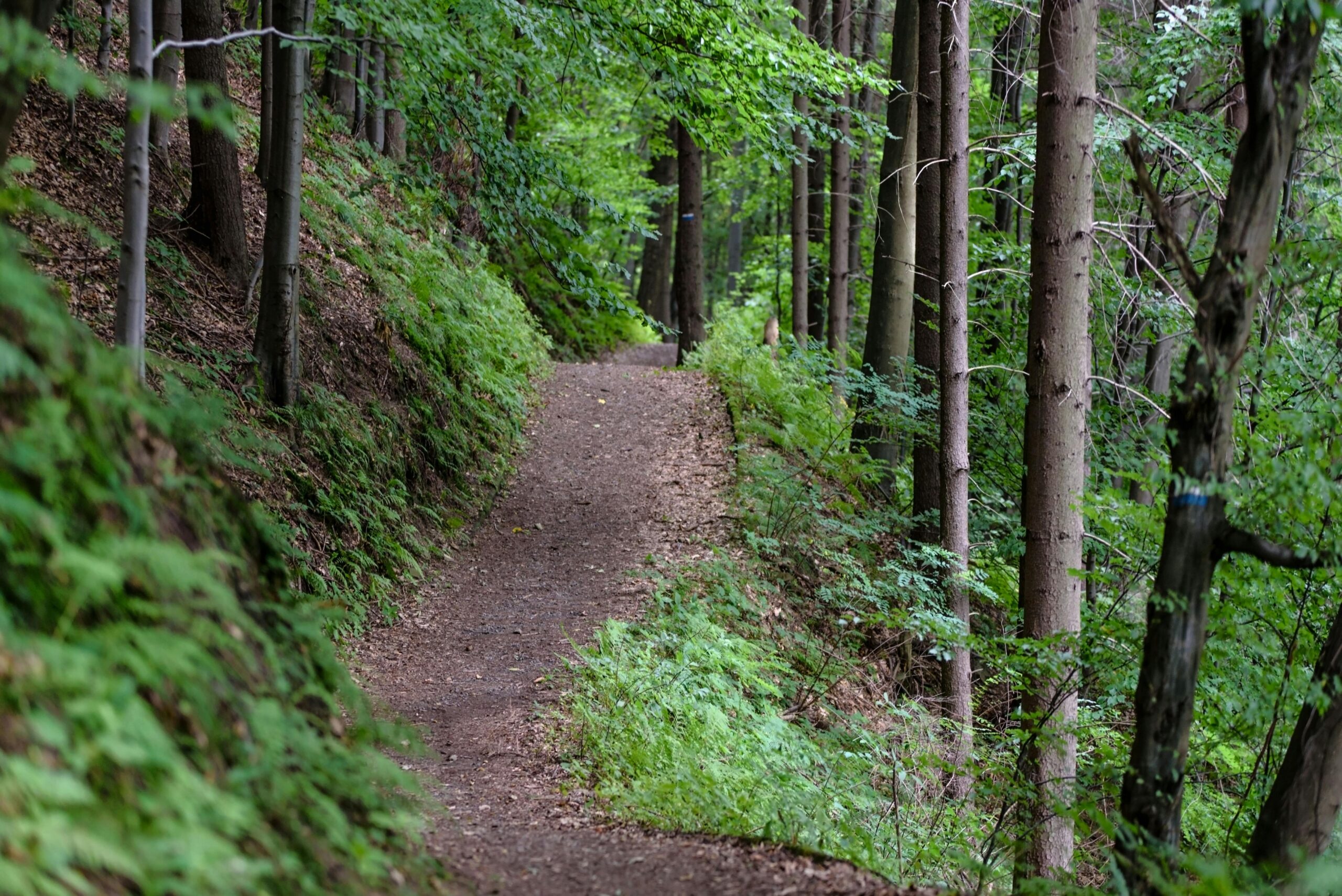How Long Does it Take to Hike 8 Miles? This seemingly straightforward query is the gateway to a vast realm of considerations that intricately shape the pace of your hiking journey. From the nuances of elevation gain and challenging terrains to the critical aspects of trail navigation, pack weight management, and the influence of temperature, each factor contributes to the complex tapestry that defines the time it takes to cover a specific distance. In this comprehensive exploration, we’ll delve deeply into each element, ensuring a thorough understanding of the dynamics that govern your hiking speed.
Navigating Heights: How Long Does it Take to Hike 8 Miles with Varying Terrain?
How Long Does it Take to Hike 8 Miles, especially when confronted with varying elevation gain? Ascending a specific elevation gain involves a delicate interplay of various variables. The Naismith’s Rule acts as a foundational guide, suggesting a general estimate of 30 minutes for every mile of horizontal distance and an additional 30 minutes for every 1,000 feet of ascent. However, this rule is a broad stroke that fails to consider factors like terrain difficulty and individual fitness levels.

If you find yourself dedicating approximately an hour for a 1,000 feet elevation gain, you’re aligning with the rule of thumb. Steep or challenging terrains may impede your progress, while well-maintained trails and gentle slopes can facilitate a faster pace. Your individual fitness and acclimatization to elevation become paramount, influencing your hiking speed.
Conquering Challenges: How Long Does it Take to Hike 8 Miles in Difficult Terrain?
How Long Does it Take to Hike 8 Miles when faced with challenging terrain? The nature of the ground beneath your feet significantly influences your pace. For instance, loose scree demands heightened effort for each step, intensifying the ascent and extending the time required.
Encountering difficult terrain necessitates a reassessment of your hiking speed expectations. In such conditions, surpassing the standard estimate of 30 minutes to 1 hour for every 1,000 feet of elevation gain becomes likely. Safety takes precedence in such situations, emphasizing the need for careful navigation and allocating sufficient time for traversing challenging landscapes.
Factors like careful footing, route-finding challenges, and physical exertion on demanding terrain collectively contribute to a slower pace. Always be prepared for variations in hiking time based on the specific conditions you encounter during your ascent.
Navigational Mastery: How Long Does it Take to Hike 8 Miles on Unfamiliar Trails?
How Long Does it Take to Hike 8 Miles when navigating an unfamiliar or challenging trail? The clarity of the trail emerges as a critical determinant of your hiking speed. Well-marked and well-maintained trails pave the way for efficient movement, while faint or obscured paths demand extra time for navigation.
Considerations such as trail clarity, route finding, terrain complexity, map and compass skills, and technology assistance all contribute to the overall time it takes to complete a hike. Proficiency in navigation tools and skills, coupled with technology like GPS devices, ensures a smoother and more confident journey.
In summary, the need for navigation and the complexity of the trail can both impact the time it takes to hike a certain distance or elevation gain. It’s essential to factor in these considerations when planning your hike and be prepared with the appropriate navigation tools and skills.

How Long Does it Take to Hike 8 Miles with a Heavy Backpack?
How Long Does it Take to Hike 8 Miles when burdened with a heavy backpack? The weight of your backpack, known as pack weight, significantly influences your hiking speed. Carrying a heavier load demands more energy and effort, resulting in a slower pace.
Physical effort, fatigue, uphill challenges, downhill impact, and overall pace are considerations influenced by pack weight. Ascending inclines with a heavy pack can be particularly demanding, and descending requires careful navigation to minimize stress on joints. Packing efficiently and investing in lightweight gear are essential steps to reduce pack weight, enhancing the overall hiking experience.
Consider the Physical Effort: Carrying a heavier pack increases the physical effort required to hike. This includes both the energy needed for lifting and moving the additional weight and the strain on muscles and joints.
Factor in Fatigue: The added weight can contribute to fatigue over time, making it necessary to take more frequent breaks. This can further slow down your overall progress.
Uphill Challenges: Ascending inclines with a heavy pack can be particularly challenging. The additional weight makes it harder to climb steep sections, and hikers often need to take more breaks during uphill segments.
Downhill Impact: Descending with a heavy pack can also be challenging, as the weight can put additional stress on the knees and other joints. Hikers may need to move more cautiously on downhill sections.
Overall Pace: As a general guideline, hikers carrying a heavier load might move at a pace significantly slower than when hiking with a lighter or no pack. The impact can be more noticeable over longer distances.
It’s important for hikers to consider the weight of their gear and pack carefully when planning trips. Packing efficiently, bringing only necessary items, and investing in lightweight gear can help reduce pack weight and make the hiking experience more enjoyable. Additionally, proper conditioning and strength training can improve your ability to handle heavier loads over time.
Heat and Hiking: How Long Does it Take to Hike 8 Miles in Varied Temperatures?
How Long Does it Take to Hike 8 Miles in varying temperatures? The temperature and weather conditions can exert a substantial impact on your hiking speed. Extreme heat, in particular, can affect comfort, hydration needs, and overall physical performance.
Dehydration and Hydration Needs: In hot weather, your body loses more fluids through sweat. Dehydration can lead to fatigue, dizziness, and a decrease in overall performance. Hikers may need to take more frequent breaks to drink water and stay properly hydrated, slowing down their pace.
Heat Exhaustion and Heatstroke Risk: Hiking in very hot weather increases the risk of heat-related illnesses such as heat exhaustion and heatstroke. To avoid these conditions, hikers may need to take additional precautions, such as finding shade, resting more frequently, and adjusting their pace, all of which can impact overall speed.
Comfort Level: Hiking in extreme heat can be physically uncomfortable, leading to a reduced desire to push the pace. The discomfort from high temperatures may prompt hikers to slow down to maintain a sustainable level of exertion.
Energy Expenditure: Your body may use more energy to cool itself in hot conditions, potentially leading to faster fatigue. Hikers may find that they have less endurance and need to conserve energy by moderating their pace.
Terrain Impact: Hot weather can amplify the impact of challenging terrain. For example, hiking uphill in direct sunlight on a hot day can be more physically demanding and require a slower pace.
Time of Day: Hiking speed may vary depending on the time of day. Hiking during the cooler morning or late afternoon hours might allow for a faster pace compared to the hottest part of the day.
Also read:
How long does it take to hike 10 miles
How long does it take to hike 3 miles
In summary, hikers often adjust their speed in response to temperature and weather conditions. Staying well-hydrated, wearing appropriate clothing, and being mindful of the signs of heat-related illnesses are important considerations when hiking in hot weather. Adjusting your pace to accommodate these factors can contribute to a safer and more enjoyable hiking experience.
Answering the question, “How Long Does it Take to Hike 8 Miles,” extends beyond a mere numerical response. The intricacies of elevation gain, terrain challenges, trail clarity, pack weight, and temperature collectively shape your hiking experience. Understanding these factors empowers you to plan effectively, ensuring a safe, enjoyable, and well-paced journey on the trails.
As you embark on your next hiking adventure, keep in mind the multifaceted nature of this seemingly simple question. Adjust your expectations, be prepared for diverse conditions, and embrace the dynamic interplay of elements that make each hiking expedition a unique and rewarding experience. Happy hiking!


